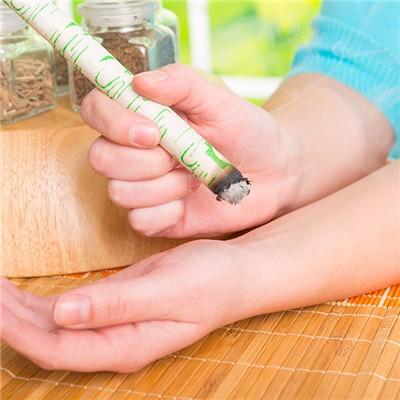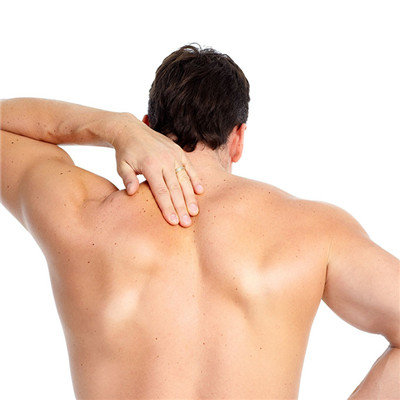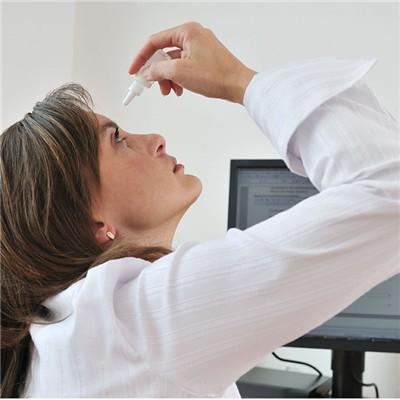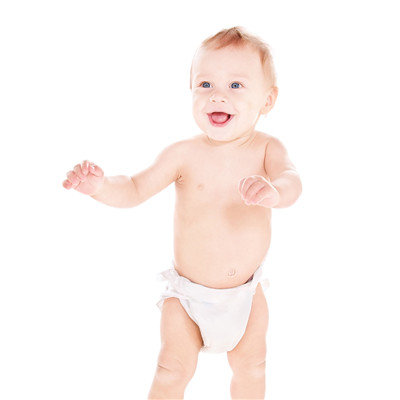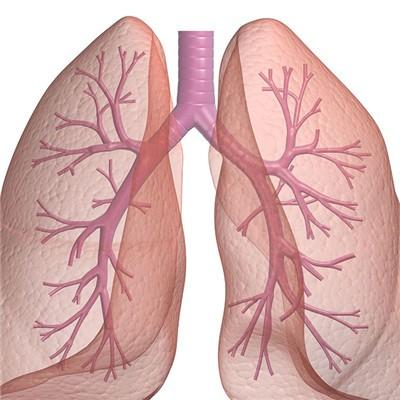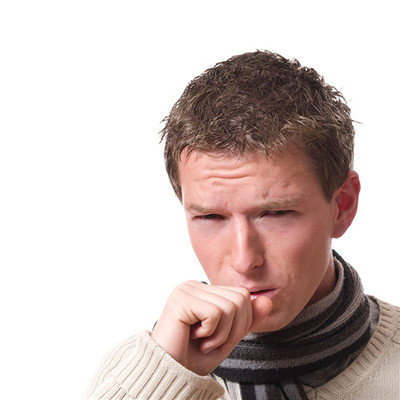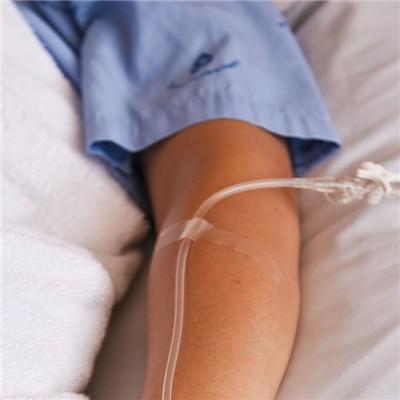The difference between corns and calluses
summary
What's the difference between corns and calluses? Corns are not calluses. They are two different diseases. Many patients will confuse their concepts. Here I would like to introduce the distinguishing points of corns and callosum. After reading the expert's explanation, patients should no longer think that they are the same disease.
The difference between corns and calluses
First of all, corns are localized, keratotic, conical thicknesses with the base on the surface and the apex inward pressing on adjacent structures. There are two types of hard corns. Hard corns occur in the dorsal or plantar part of the toes. They are small, firm, domed papules with a translucent nucleus in the center. Pain occurs when the sensory nerve in the lower part is compressed. Soft corns are painful keratinizing papules that occur between the toes. They are usually impregnated, soft, moist, and white. The adjacent toes may have kissing damage.
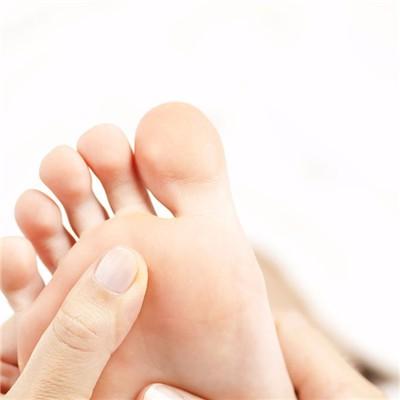
Secondly, the corpus callosum is a non penetrating and localized hyperkeratosis caused by compression. It can be seen in the intermittent compression parts, especially in the palmar, plantar and joint bony eminence. Callosum features of specific size and location can occur in people engaged in various sports, certain occupations or other repetitive sports, such as surfer's nodule, boxer's finger pad, jogger's toe, rower's hip, tennis toe, prayer's callosum, violinist's neck callosum, bowler's hand, etc. When the pressure is removed, it will disappear naturally.

Finally, the main distinguishing points between corns and calluses are as follows: corns have an inverted cone-shaped horny hyperplasia, and pain is obvious when walking; while calluses have flat flake horny thickening, with a wide range, and generally no pain. Corns and calluses need to be differentiated from plantar warts: plantar warts can be distributed all over the foot, not limited to the pressure parts, and can be multiple, such as the size of soybeans, the surface horny thickening, and the surface angle can be cut off with a knife In the stratum corneum, there is a soft core of small black spots congealed from dermal papillary vascular bleeding cells

matters needing attention
For the treatment of corns and calluses, corns need to correct deformities, wear appropriate shoes, and use soft insoles. Topical drug treatment, such as chicken eye ointment. However, callosum does not need to be treated. Thicker callosum can be soaked in hot water first and then peeled off with a knife.
